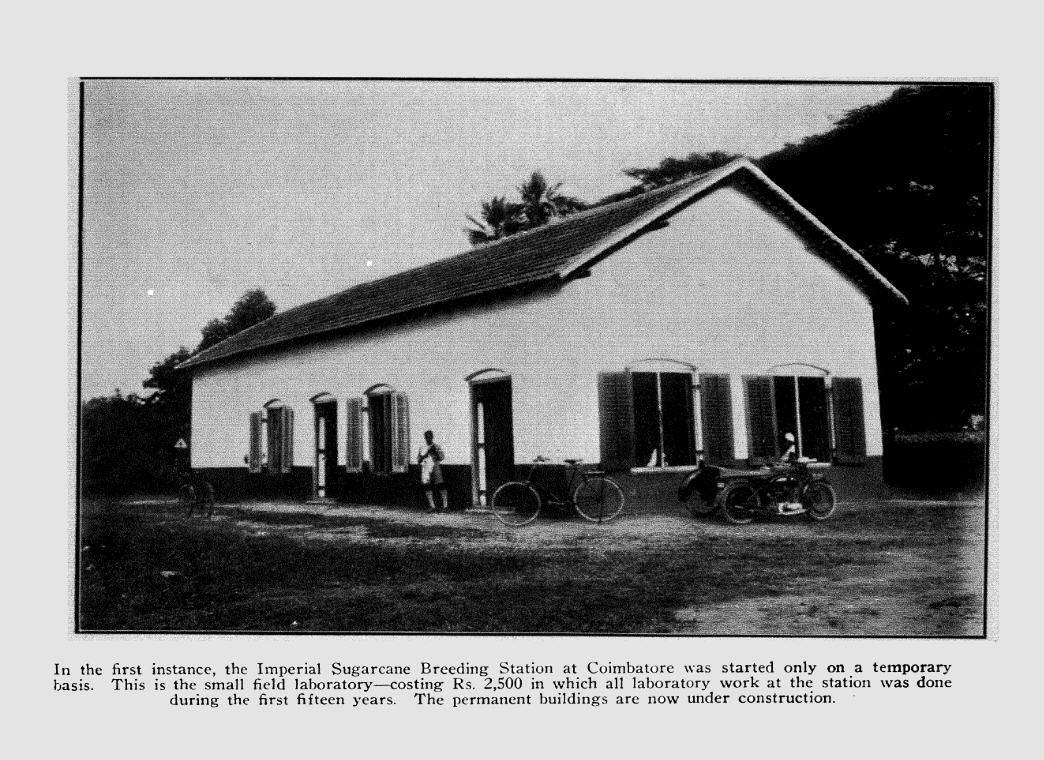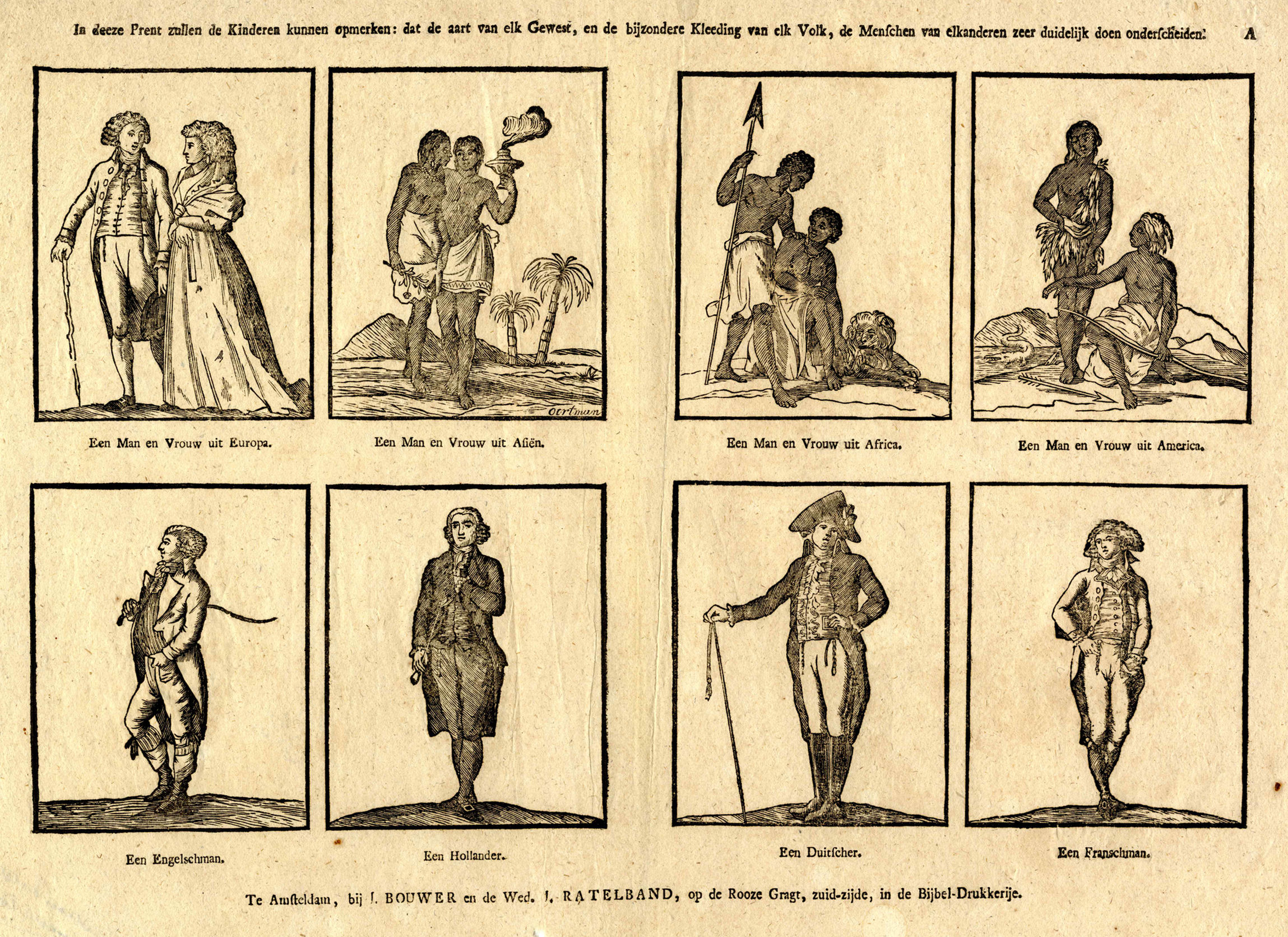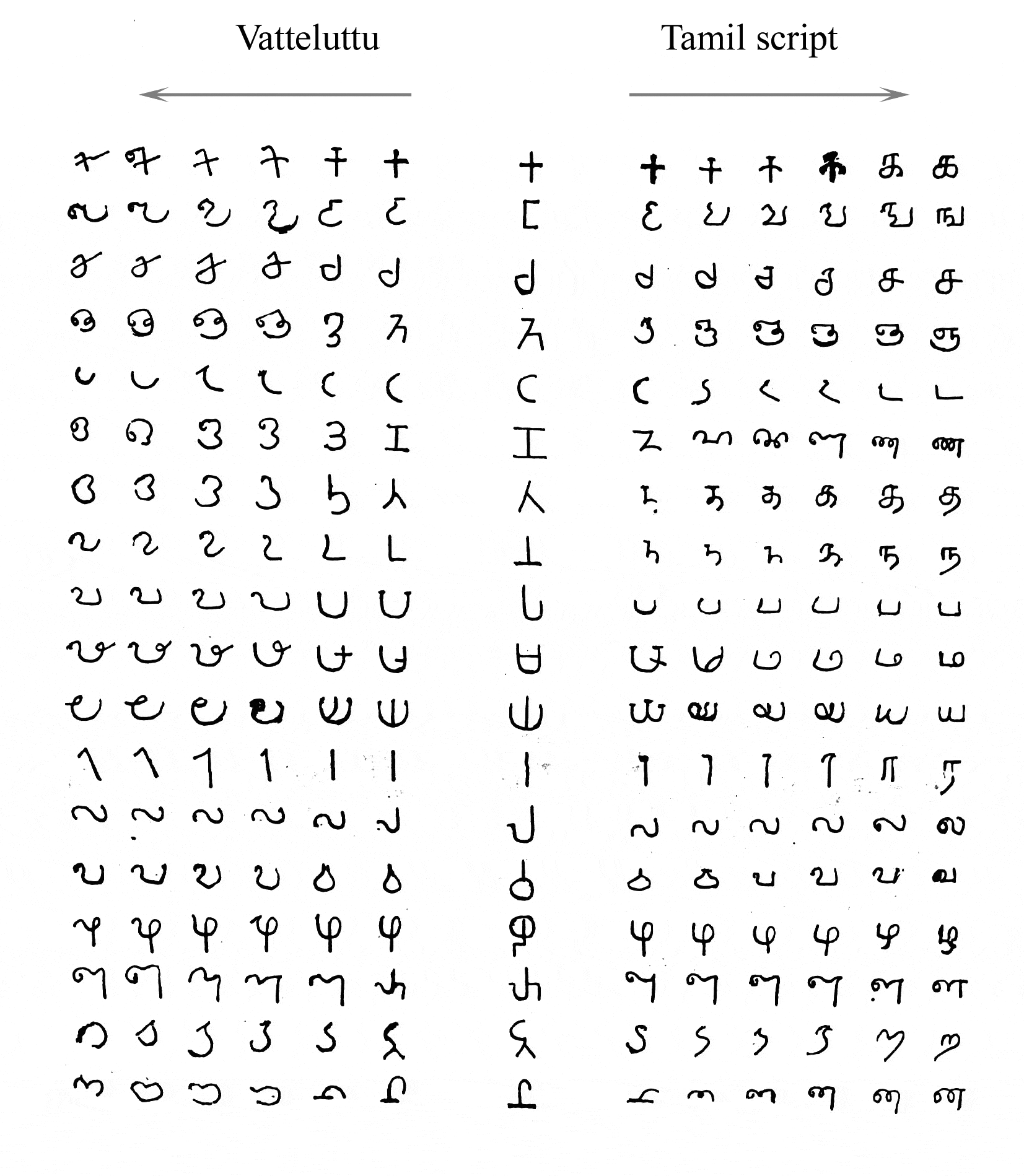|
Kongu Tamil
Kongu Tamil or Kovai Tamil is the dialect of Tamil language that is spoken by the people in Kongu Nadu, which is the western region of Tamil Nadu. It is originally known as "Kangee"` or "Kongalam" or "Kongappechu or Kongu bashai or Coimbatore Tamil". Variations The speciality of Kongu Tamil is the use of the alveolar ற - Tra/Dra (as in the English word track) instead of retroflex T/D (ட) of standard Tamil. For example, 'ennuDaya' (mine) of standard Tamil is pronounced enRa in the Kongu dialect. However, only Coimbatore district people use this. Additionally the use of guttural nasal (ங்) that sounds "ng" as in the English word Gang, is more prevalent in Kongu Tamil, leading to situations where the grammar of Kongu Tamil would not fit into the grammar of standard Tamil. One of the examples is the use of ங் to end a word like வாங் "vaang" or வாஙொ "vango" means 'come' expressed in a respectful tone, which in standard Tamil would be வாங்க "vaan ... [...More Info...] [...Related Items...] OR: [Wikipedia] [Google] [Baidu] |
Tamil Nadu
Tamil Nadu (; , TN) is a state in southern India. It is the tenth largest Indian state by area and the sixth largest by population. Its capital and largest city is Chennai. Tamil Nadu is the home of the Tamil people, whose Tamil language—one of the longest surviving classical languages in the world—is widely spoken in the state and serves as its official language. The state lies in the southernmost part of the Indian peninsula, and is bordered by the Indian union territory of Puducherry and the states of Kerala, Karnataka, and Andhra Pradesh, as well as an international maritime border with Sri Lanka. It is bounded by the Western Ghats in the west, the Eastern Ghats in the north, the Bay of Bengal in the east, the Gulf of Mannar and Palk Strait to the south-east, and the Indian Ocean in the south. The at-large Tamilakam region that has been inhabited by Tamils was under several regimes, such as the Sangam era rulers of the Chera, Chola, and Pandya c ... [...More Info...] [...Related Items...] OR: [Wikipedia] [Google] [Baidu] |
Kongu Nadu
Kongu Nadu, also known by various names as Kongu Mandalam and Kongu belt, is a geographical region comprising present day parts of western Tamil Nadu, southeastern Karnataka and eastern Kerala. In the ancient Tamilakam, it was the seat of the Chera kings, bounded on the east by Tondai Nadu, on the south-east by Chola Nadu and on the south by Pandya Nadu regions. The region was ruled by the Cheras during Sangam period between c.1st and the 4th centuries CE and it served as the eastern entrance to the Palakkad Gap, the principal trade route between the west coast and Tamil Nadu. The Kosar people mentioned in the second century CE Tamil epic ''Silappathikaram'' and other poems in Sangam literature is associated with the Coimbatore region. The region was located along an ancient Roman trade route that extended from Muziris to Arikamedu.The Gangas of Talakad ruled it for over 5 centuries. The medieval Cholas conquered the region in the 10th century CE. It came under the ... [...More Info...] [...Related Items...] OR: [Wikipedia] [Google] [Baidu] |
Coimbatore
Coimbatore, also spelt as Koyamputhur (), sometimes shortened as Kovai (), is one of the major metropolitan cities in the Indian state of Tamil Nadu. It is located on the banks of the Noyyal River and surrounded by the Western Ghats. Coimbatore is the second largest city in Tamil Nadu after Chennai in terms of population and the 16th largest urban agglomeration in India as per the census 2011. It is administered by the Coimbatore Municipal Corporation and is the administrative capital of Coimbatore District. In 1981 Coimbatore formed as third municipal corporation in Tamil Nadu after Chennai and Madurai. Podanur Junction is the oldest Railway station in Coimbatore City. The city is one of the largest exporters of Jewellery, Wet grinders, Poultry and Auto Components; the " Coimbatore Wet Grinder" and the "Kovai Cora Cotton" are recognised as Geographical Indications by the Government of India. Being a hub of textile industry in South India, the city is sometimes refe ... [...More Info...] [...Related Items...] OR: [Wikipedia] [Google] [Baidu] |
Google Scholar
Google Scholar is a freely accessible web search engine that indexes the full text or metadata of scholarly literature across an array of publishing formats and disciplines. Released in beta in November 2004, the Google Scholar index includes peer-reviewed online academic journals and books, conference papers, theses and dissertations, preprints, abstracts, technical reports, and other scholarly literature, including court opinions and patents. Google Scholar uses a web crawler, or web robot, to identify files for inclusion in the search results. For content to be indexed in Google Scholar, it must meet certain specified criteria. An earlier statistical estimate published in PLOS One using a mark and recapture method estimated approximately 80–90% coverage of all articles published in English with an estimate of 100 million.''Trend Watch'' (2014) Nature 509(7501), 405 – discussing Madian Khabsa and C Lee Giles (2014''The Number of Scholarly Documents on the Public W ... [...More Info...] [...Related Items...] OR: [Wikipedia] [Google] [Baidu] |
Stereotyping
In social psychology, a stereotype is a generalized belief about a particular category of people. It is an expectation that people might have about every person of a particular group. The type of expectation can vary; it can be, for example, an expectation about the group's personality, preferences, appearance or ability. Stereotypes are sometimes overgeneralized, inaccurate, and resistant to new information, but can sometimes be accurate. While such generalizations about groups of people may be useful when making quick decisions, they may be erroneous when applied to particular individuals and are among the reasons for prejudicial attitudes. Explicit stereotypes An explicit stereotype refers to stereotypes that one is aware that one holds, and is aware that one is using to judge people. If person ''A ''is making judgments about a ''particular'' person ''B'' from a group ''G'', and person ''A'' has an explicit stereotype for group ''G'', their decision bias can be partial ... [...More Info...] [...Related Items...] OR: [Wikipedia] [Google] [Baidu] |
Retroflex
A retroflex ( /ˈɹɛtʃɹoːflɛks/), apico-domal ( /əpɪkoːˈdɔmɪnəl/), or cacuminal () consonant is a coronal consonant where the tongue has a flat, concave, or even curled shape, and is articulated between the alveolar ridge and the hard palate. They are sometimes referred to as cerebral consonants—especially in Indology. The Latin-derived word ''retroflex'' means "bent back"; some retroflex consonants are pronounced with the tongue fully curled back so that articulation involves the underside of the tongue tip ( subapical). These sounds are sometimes described as "true" retroflex consonants. However, retroflexes are commonly taken to include other consonants having a similar place of articulation without such extreme curling of the tongue; these may be articulated with the tongue tip ( apical) or the tongue blade (laminal). Types Retroflex consonants, like other coronal consonants, come in several varieties, depending on the shape of the tongue. The tongue may be ei ... [...More Info...] [...Related Items...] OR: [Wikipedia] [Google] [Baidu] |
Alveolar Consonant
Alveolar (; UK also ) consonants are place of articulation, articulated with the tongue against or close to the superior alveolar ridge, which is called that because it contains the Dental alveolus, alveoli (the sockets) of the upper teeth. Alveolar consonants may be articulated with the tip of the tongue (the apical consonants), as in English, or with the flat of the tongue just above the tip (the "blade" of the tongue; called laminal consonants), as in French and Spanish. The International Phonetic Alphabet (IPA) does not have separate symbols for the alveolar consonants. Rather, the same symbol is used for all Coronal consonant, coronal places of articulation that are not Palatalization (phonetics), palatalized like English Palato-alveolar consonant, palato-alveolar ''sh'', or retroflex. To disambiguate, the ''bridge'' (, ''etc.'') may be used for a dental consonant, or the retracted (phonetics), under-bar (, ''etc.'') may be used for the postalveolar consonant, postalveolars. ... [...More Info...] [...Related Items...] OR: [Wikipedia] [Google] [Baidu] |
Tamil Language
Tamil (; ' , ) is a Dravidian language natively spoken by the Tamil people of South Asia. Tamil is an official language of the Indian state of Tamil Nadu, the sovereign nations of Sri Lanka and Singapore, and the Indian territory of Puducherry (union territory), Puducherry. Tamil is also spoken by significant minorities in the four other South Indian states of Kerala, Karnataka, Andhra Pradesh and Telangana, and the Union Territory of the Andaman and Nicobar Islands. It is also spoken by the Tamil diaspora found in many countries, including Malaysian Tamil, Malaysia, Myanmar Tamils, Myanmar, Tamil South Africans, South Africa, British Tamils, United Kingdom, Tamil Americans, United States, Tamil Canadians, Canada, Tamil Australians, Australia and Tamil Mauritians, Mauritius. Tamil is also natively spoken by Sri Lankan Moors. One of 22 scheduled languages in the Constitution of India, Tamil was the first to be classified as a Languages of India, classical language of India ... [...More Info...] [...Related Items...] OR: [Wikipedia] [Google] [Baidu] |
Kongu Vellalar
Kongu Vellalar is a community found in the Kongu region of Tamil Nadu, India. Etymology The Vellalar of the Kongu country came to be known as Kongu Vellalar. They are also known by names such as "Bupaalan", Gangavamsam, Kudiyaanavar and Vivasaayi, and use the title Gounder as a caste appellation in their personal names. Origin According to the ''Kongu Vellalar Puranam'', a 19th-century work by Mahavidwan Kandasamy Kavirayar, the Vellalar of the Kongu country trace their origin to Marabalan, a mythical figure who was created from the river Ganges to rid the world of hunger. Marabalan turned to agriculture and his descendants became the Vellalar. Marabalan had various titles such as Gangavamsa, Devar, Vellalar, Bupaalan, etc. Interestingly the Gandadikara Vokkaligas of the neighbouring parts of Karnataka also claim origin from the banks of the Ganges.:”Gangadikara is a contraction of the term Gangawadikara (A man of Gangavadi)” According to Burton Stein, the Gangadi ... [...More Info...] [...Related Items...] OR: [Wikipedia] [Google] [Baidu] |
Karnataka
Karnataka (; ISO: , , also known as Karunāḍu) is a state in the southwestern region of India. It was formed on 1 November 1956, with the passage of the States Reorganisation Act. Originally known as Mysore State , it was renamed ''Karnataka'' in 1973. The state corresponds to the Carnatic region. Its capital and largest city is Bengaluru. Karnataka is bordered by the Lakshadweep Sea to the west, Goa to the northwest, Maharashtra to the north, Telangana to the northeast, Andhra Pradesh to the east, Tamil Nadu to the southeast, and Kerala to the southwest. It is the only southern state to have land borders with all of the other four southern Indian sister states. The state covers an area of , or 5.83 percent of the total geographical area of India. It is the sixth-largest Indian state by area. With 61,130,704 inhabitants at the 2011 census, Karnataka is the eighth-largest state by population, comprising 31 districts. Kannada, one of the classical languages of In ... [...More Info...] [...Related Items...] OR: [Wikipedia] [Google] [Baidu] |
Tamil Script
The Tamil script ( , ) is an abugida script that is used by Tamils and Tamil speakers in India, Sri Lanka, Malaysia, Singapore, Indonesia and elsewhere to write the Tamil language. Certain minority languages such as Saurashtra, Badaga, Irula and Paniya are also written in the Tamil script. Characteristics The Tamil script has 12 vowels (, , "soul-letters"), 18 consonants (, , "body-letters") and one special character, the (, ). is called "அக்கு", ''akku'' and is classified in Tamil orthography as being neither a consonant nor a vowel. However, it is listed at the end of the vowel set. The script is syllabic, not alphabetic. The complete script, therefore, consists of the 31 letters in their independent form and an additional 216 combinatory letters, for a total of 247 (12+18+216+1) combinations (, , "soul-body-letters") of a consonant and a vowel, a mute consonant or a vowel alone. The combinatory letters are formed by adding a vowel marker to the co ... [...More Info...] [...Related Items...] OR: [Wikipedia] [Google] [Baidu] |
Tamil Languages
The Tamil languages are the group of Dravidian languages most closely related to Tamil language, Tamil. In addition to Tamil itself, they are: * Irula language, Irula, Betta Kurumba language, Betta Kurumba, Yerukala language, Yerukala, Eravallan language, Eravallan, Kanikkaran language, Kanikkaran, Muthuvan language, Muthuvan, Sholaga language, Sholaga, Kaikadi language, Kaikadi, Sankethi dialect, Sankethi, Sri Lankan Tamil, Eezhavam, Jaffna Tamil dialect, Jaffnese Arwi is not a separate language but a register of Tamil used by Muslims. It is written in the Arabic alphabet and contains many loans from Arabic. Kakkala language, Kakkala may be either a Tamil language or one of the Malayalam languages. Internal classification Glottolog classifies the Malayalam languages as follows: References Tamil languages, {{Dr-lang-stub ... [...More Info...] [...Related Items...] OR: [Wikipedia] [Google] [Baidu] |




